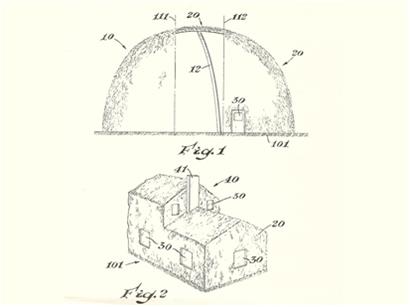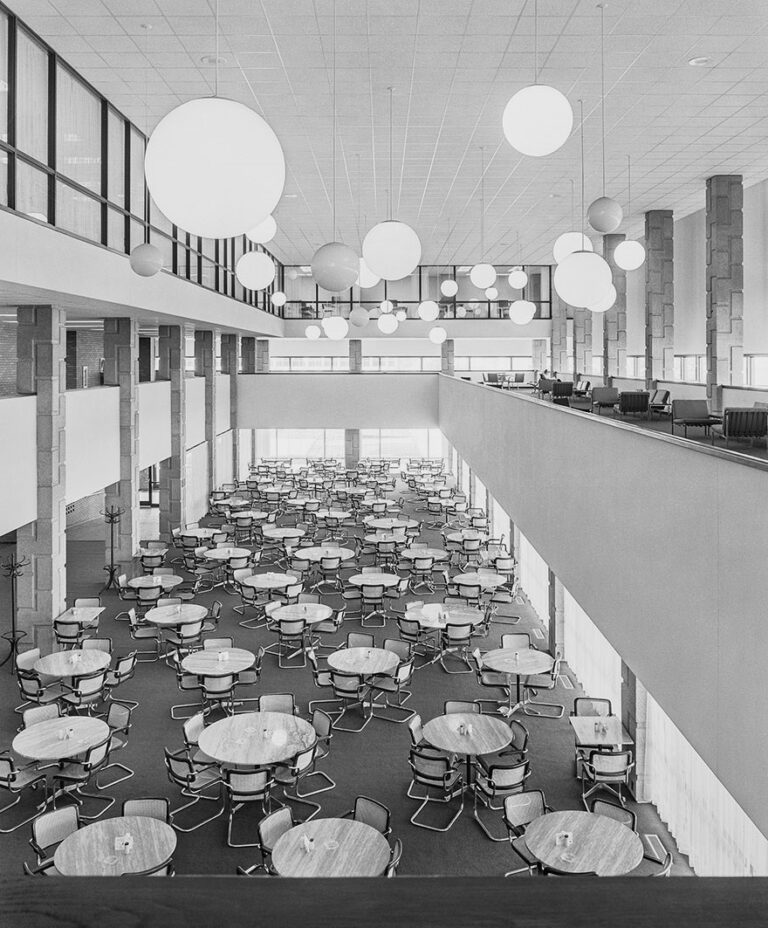
Wayne State University – University Center by Alden B. Dow
The Wayne State University’s University Center Building, later known as the Student Center, was designed to bring together three separate non-academic activities into one building:
Parent Packet and Medical Consent Forms:

The Wayne State University’s University Center Building, later known as the Student Center, was designed to bring together three separate non-academic activities into one building:
Like the leading architect and designers of his time, Alden Dow dared to develop new technologies, integrate new and innovative products and seamlessly wove man-made ingenuity and nature together. Most importantly, he thought for himself to create structures that reflected the people who used them and by doing so, developed a creative, harmonious and inspired way of living.
In 1972, Alden B. Dow stated, “The importance of a good, new idea lies mainly in its ability to accept improvements.” He believed when you have a new idea, you pour all your energy into it. As his father, Herbert Dow stated, “Ideas are a matter of attitude, if you took the position in looking at anything as if it were just the thing you needed, ideas would follow.” (Ways of Expressing Oneself II- unknown date)
Alden Dow developed products and innovative design elements, many of which were patented. Some of these innovative ideas related to his architectural career while others related to the social and playful aspects of life. Part of his process in developing a new idea or product was to test and challenge it from all vantage points. Not afraid of failing, Alden Dow was free to think and develop new ideas to make them the best they could be.
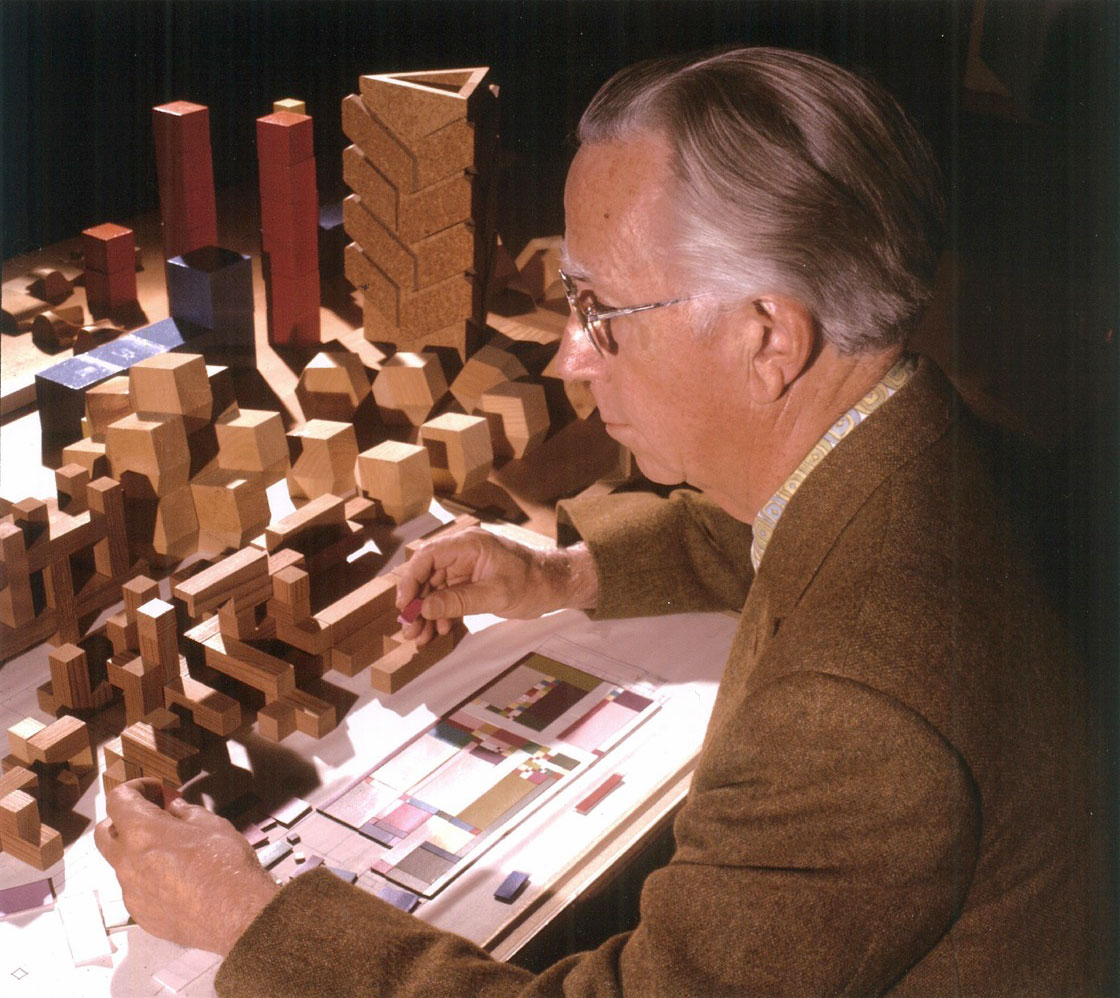
Below is a list of just a few of the innovative products and ideas that you are able to research in the Alden B. Dow Archives:
Boat Steering Mechanism
Dispensing Container
Plastic Windows
Railway Crossing Signal
Stud for Combining Building Sandwiches
Sandwich Panel Construction
1940’s Solar Construction


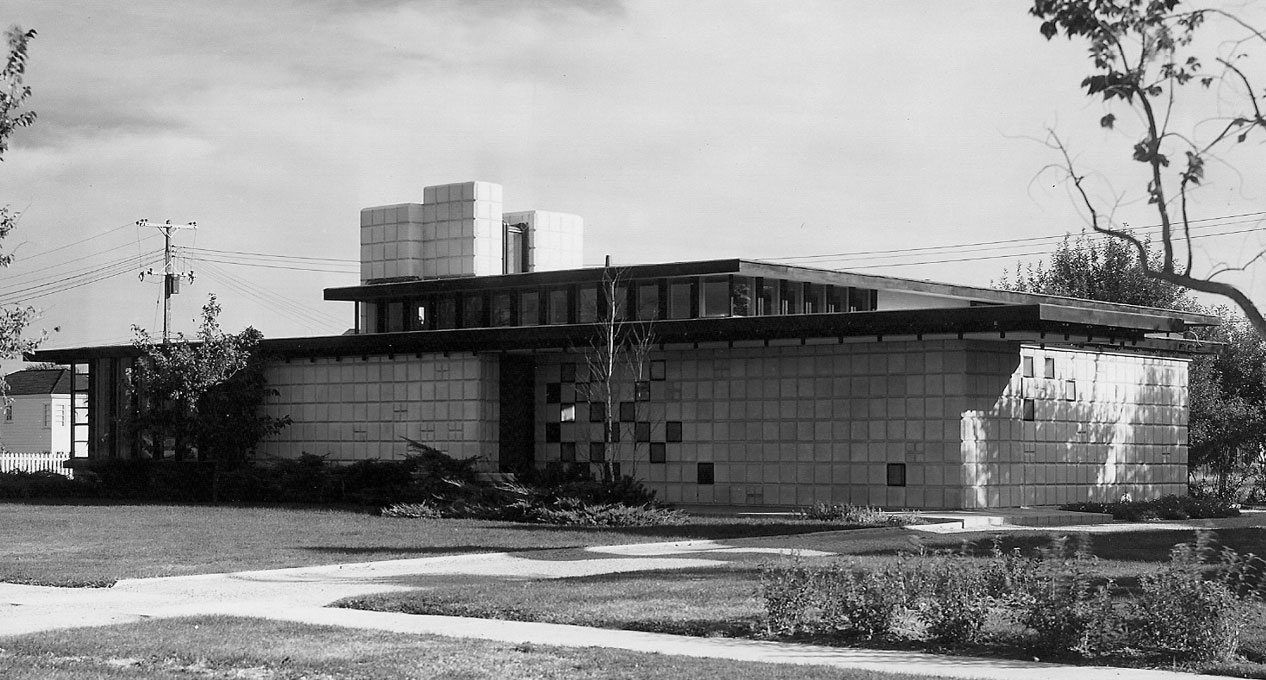
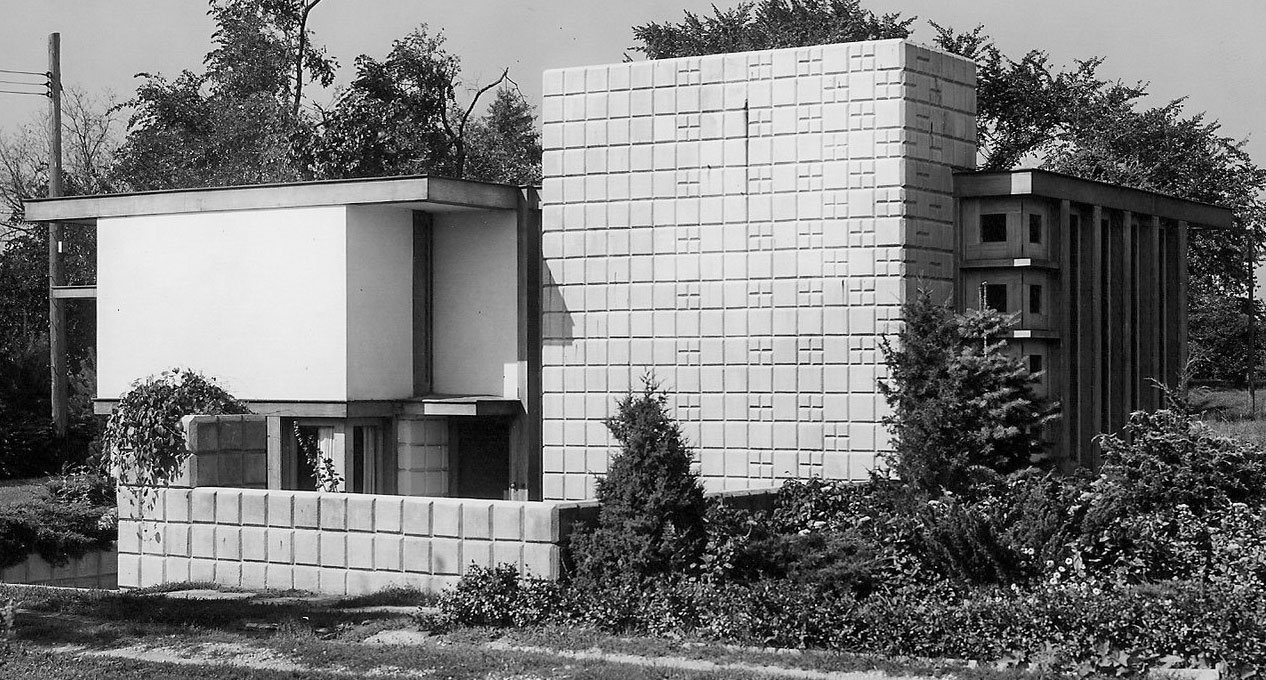
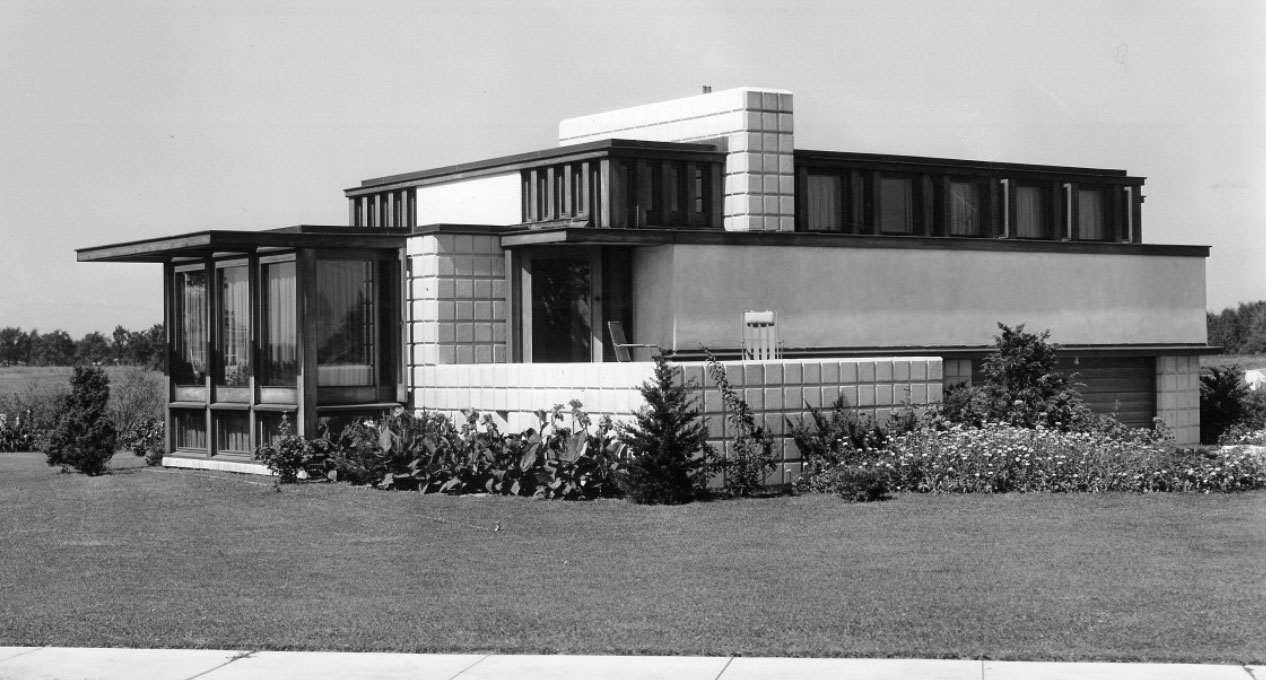
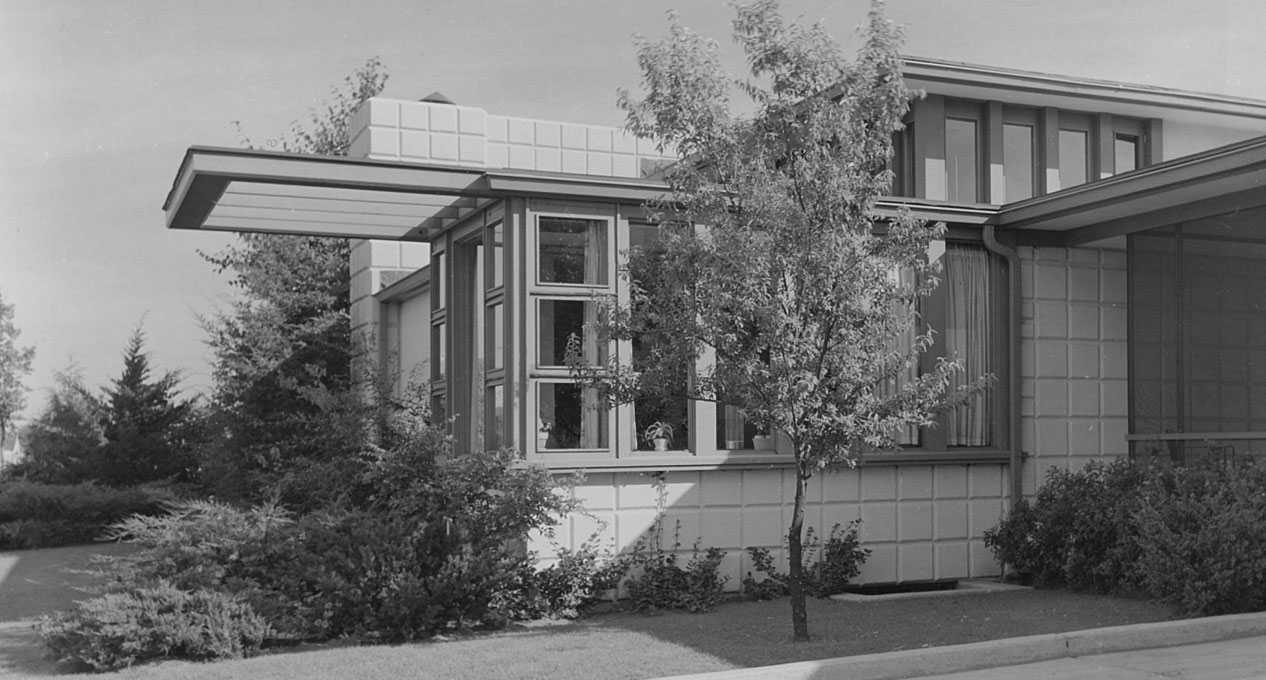
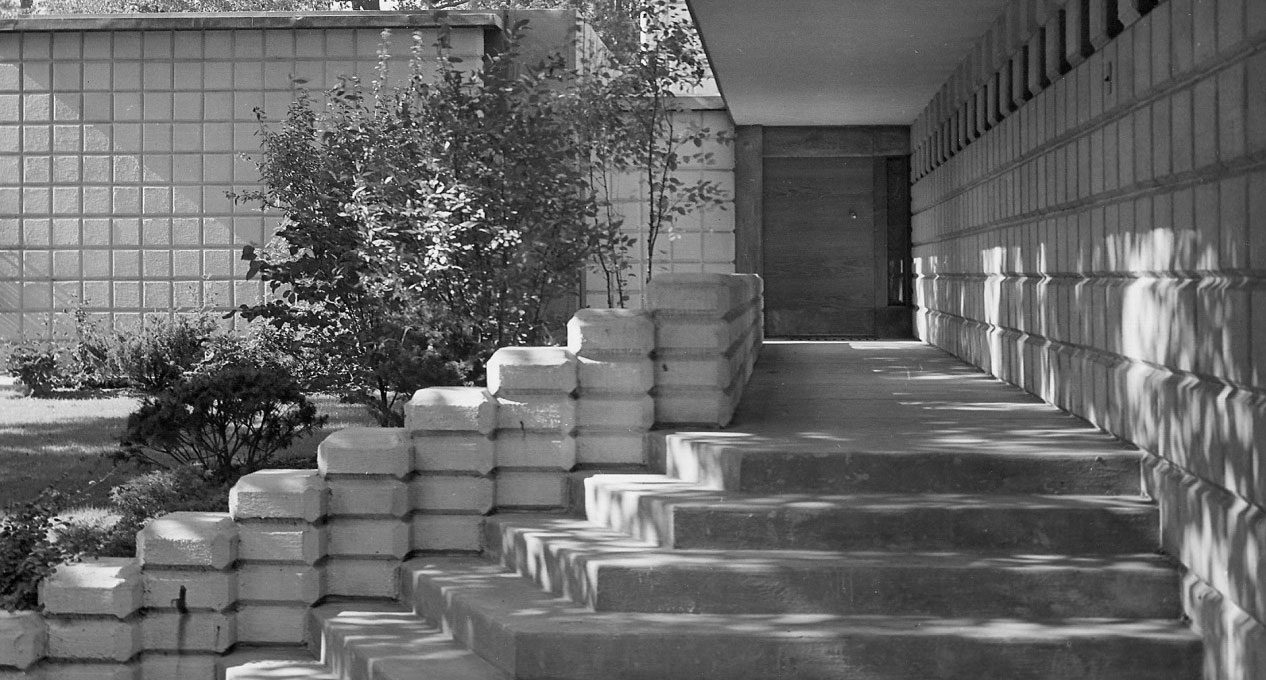
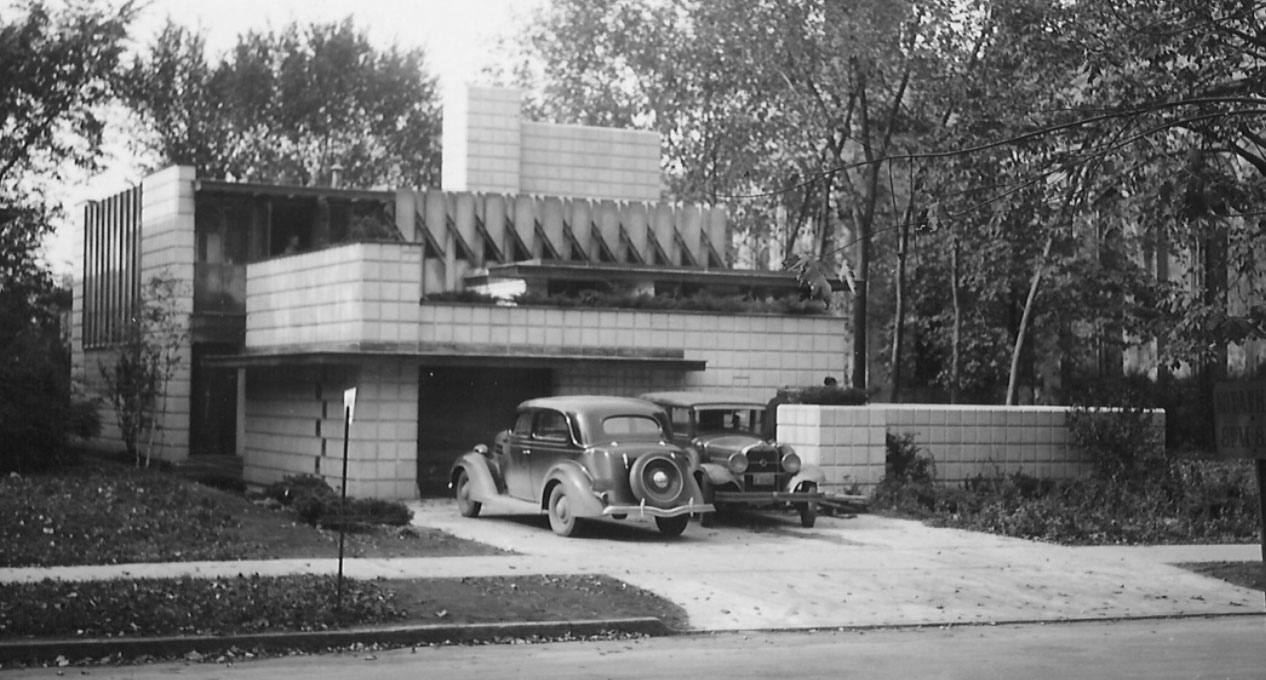
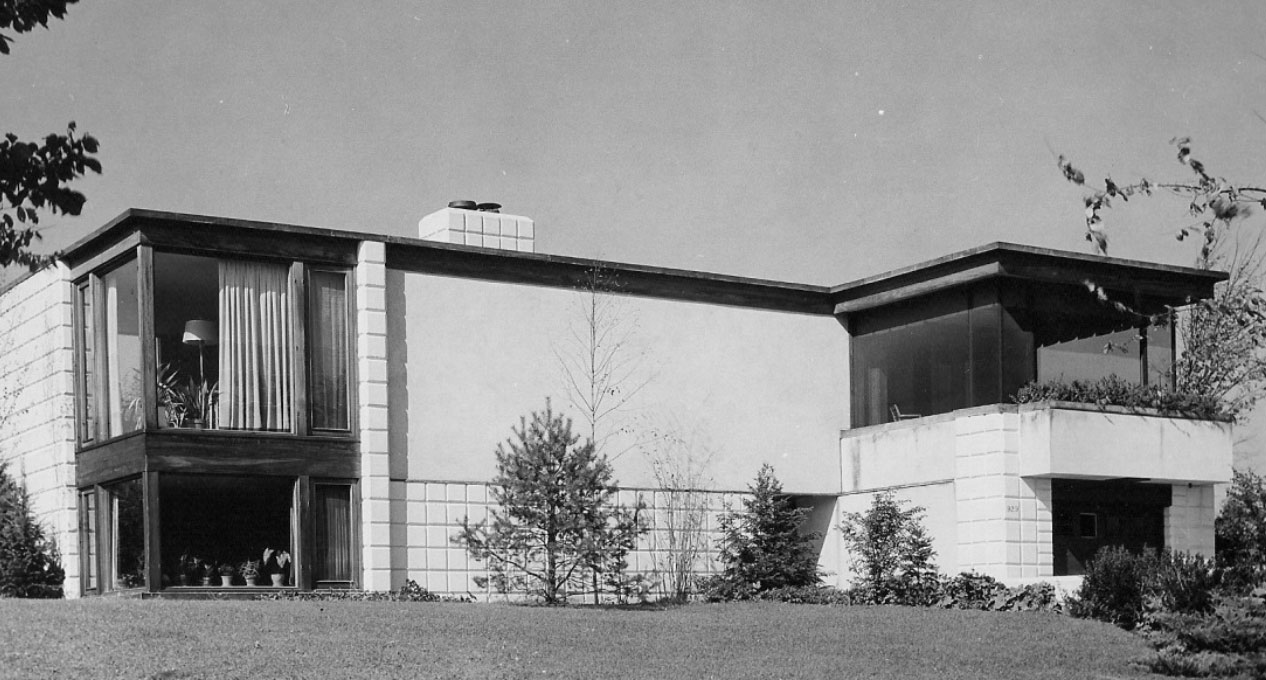
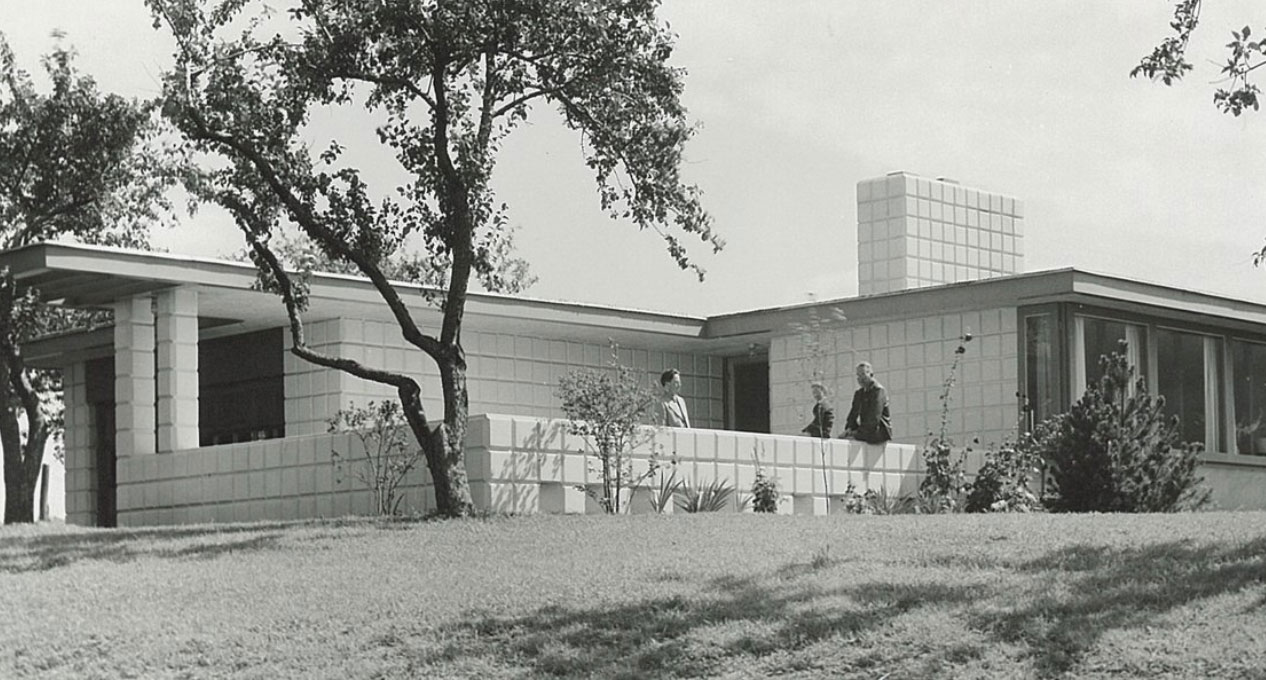
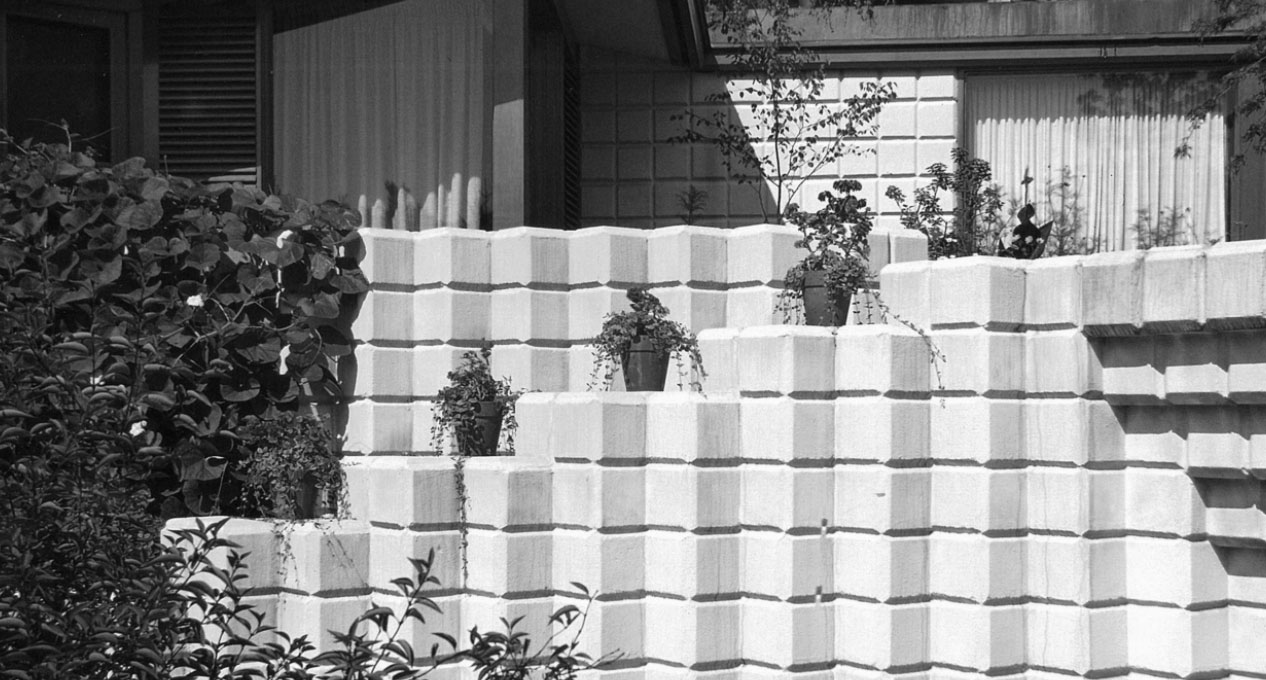
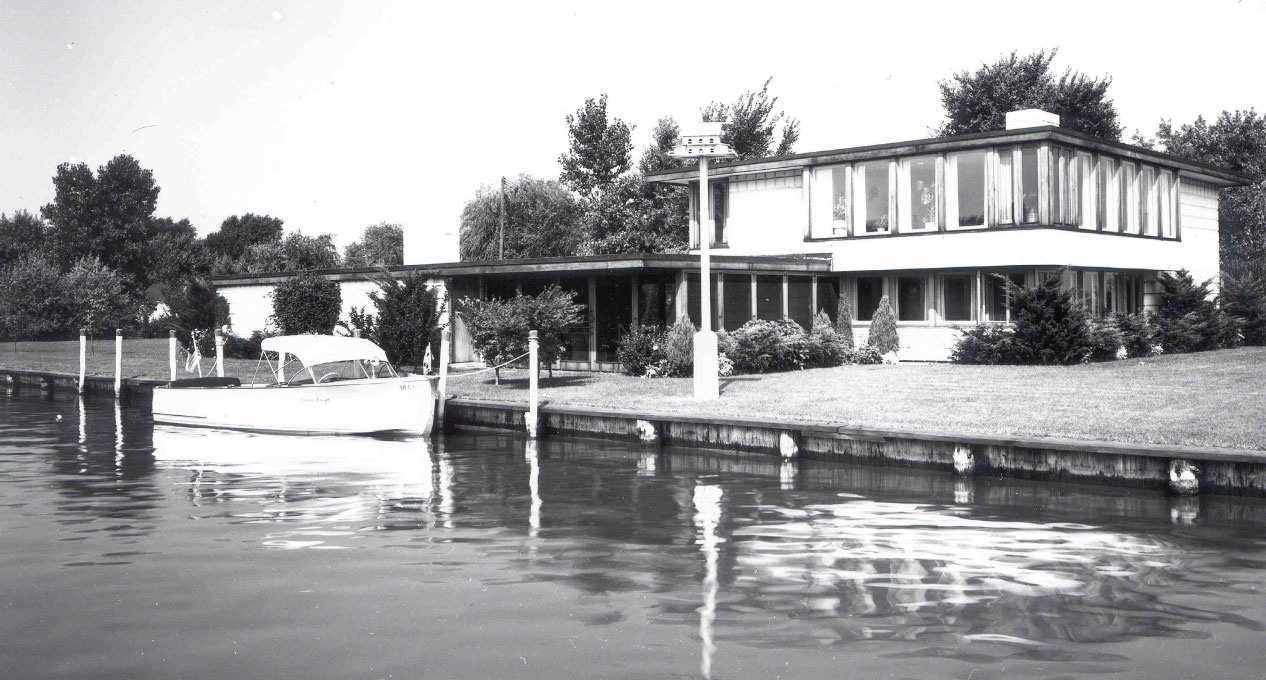
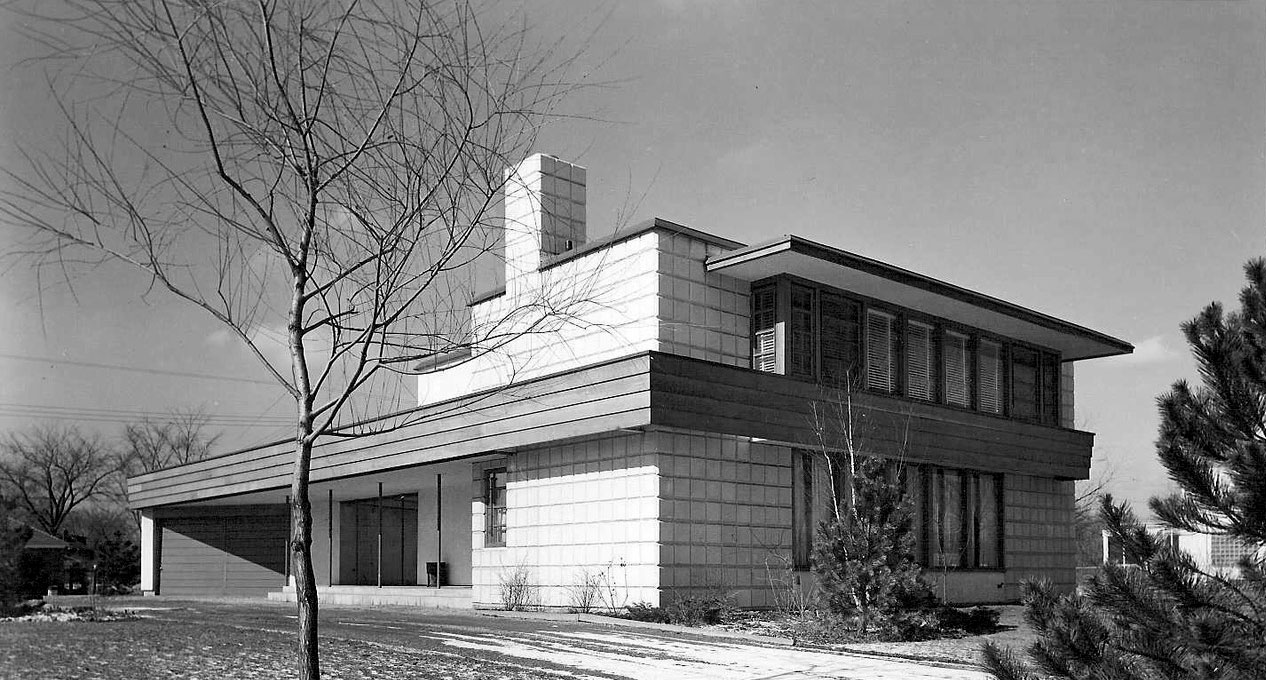
USA Patent Application,
November 21, 1935;
USA Patent granted, January 4, 1938.
Alden Dow’s exploration of block construction began after he graduated from the Columbia School of Architecture in 1931 and his eight-month apprenticeship at Taliesin in 1933. Inspired by nature’s patterns, he wanted a workable block with bold
geometric shapes. Alden Dow, along with one of Frank Lloyd Wright’s former and finest draftsman, Robert Goodall, created a rhomboid block with a square face in 16 different sizes. One horizontal course has blocks angled to the right and the following course of blocks angles to the left producing structural integrity by its overlapping seams. This became known as Alden B. Dow’s Unit Block building system.
Alden Dow utilized this Unit Block system in many of his early designs including his own home and studio. In addition to structural support of exterior walls, the versatility of the blocks extended to interior spaces as well – table bases, level changes, division of spaces, columns – to create artistic, visual interest. He even positioned the Unit Blocks like stepping stones across the pond, farther and farther apart as they escape from the disciplined grid of the building.
In addition to their unique shape and structural integrity, the other identifying characteristic of the Unit Blocks was that they were made of the cinder that he saw piling up outside The Dow Chemical Company furnaces. His father, Herbert Dow, had utilized this same cinder to construct “clinker” bridges in their family gardens. Alden liked the idea of utilizing these resources that most people viewed as waste materials. Today, he would be thought of as an early recycler!
Alden Dow would eventually design and build a total of 13 Unit Block structures including the 1937 Grand Prix Award winning John Whitman residence (1935), before moving onto different materials.
Amid the energy crisis of the late 1970’s and relatively late in his career, Alden Dow became concerned about the high cost of energy and people’s ability to afford it. He wanted to develop a siding that had superior insulating qualities, thus reducing the amount of energy structures demanded. With great tenacity, Dow tackled this problem with limitless zeal. When questioning the best insulation he knew of to date, he turned to fur. With a great amount of interaction with senior research scientists at The Dow Chemical Company, he began working on a fur siding. First discussed for the Administration Building at the University of Michigan (1964), the fuzzy siding was meant to be self-cleaning and useable for cooling as well as heating. Discussion and research went into what type of fur had the best properties to withstand changes in temperature and differing degrees of humidity, moisture and mildew. Animals replace their coats, but Alden Dow, to his great regret, could not find a way to make a building replace its “coat”. Although he was granted patents in Belgium, Canada, Great Britain, Italy and Switzerland, the siding was not successful, nor ever manufactured. But the level of research that went into the project proved Dow’s belief that when you have a good idea, you exhaust every possible avenue to prove it could work or to come to the conclusion that you needed to start anew.>
